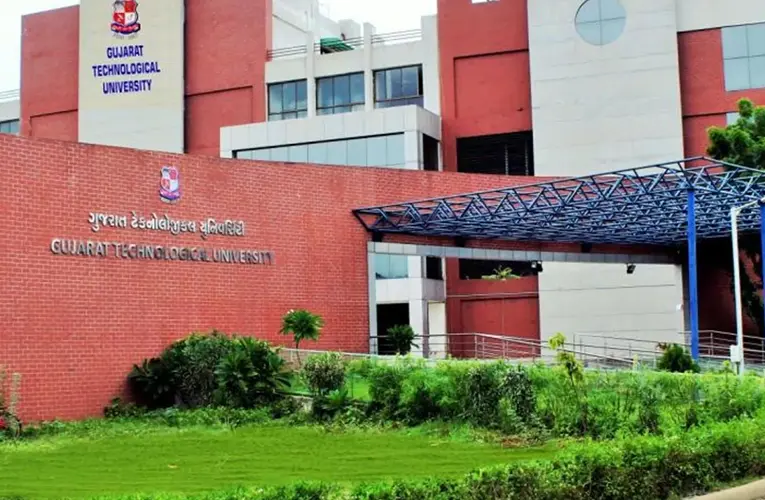“Beyond Tradition: Modernizing Learning at American Universities”
Introduction
In the contemporary landscape of higher education, American universities are at a critical juncture. Traditional methods of teaching and learning, though time-honored, face increasing scrutiny in light of rapid technological advancements and evolving societal needs. This essay explores the imperative to modernize learning practices within these institutions, aiming to bridge the gap between tradition and innovation. By examining key challenges, proposing actionable solutions, and envisioning future trajectories, this discourse advocates for a paradigm shift towards a more dynamic, inclusive, and effective educational framework.
Chapter 1: The Evolution of Learning Paradigms
Historically, American universities have been bastions of knowledge, built upon centuries-old pedagogical foundations. From lecture halls to seminar rooms, the traditional approach to education has served as the cornerstone of academic discourse. However, as we delve into the digital age, the limitations of these methods become increasingly apparent. This chapter explores the evolution of learning paradigms, from chalkboards to online platforms, highlighting both the successes and shortcomings of each approach. By examining case studies and empirical research, we uncover the transformative potential of modern technologies in enhancing educational outcomes and fostering student engagement.
Chapter 2: Challenges Confronting Traditional Learning Models
Despite their resilience, traditional learning models face a myriad of challenges in today’s educational landscape. From passive learning environments to rigid curricular structures, these obstacles hinder the realization of student potential and institutional growth. This chapter identifies key challenges confronting traditional learning models, including accessibility barriers, diversity gaps, and the disconnect between academia and industry. By unpacking these challenges through a critical lens, we illuminate the pressing need for adaptive strategies that promote inclusivity, innovation, and interdisciplinary collaboration.
Chapter 3: Embracing Technological Innovations in Education
In response to the challenges posed by traditional learning models, American universities are increasingly turning to technological innovations to redefine the educational experience. This chapter explores the transformative potential of digital tools, virtual classrooms, and artificial intelligence in fostering personalized learning environments and enhancing student outcomes. By showcasing successful case studies and innovative pilot programs, we demonstrate how these technologies can empower educators, engage learners, and bridge the gap between theory and practice.
Chapter 4: Fostering a Culture of Innovation and Collaboration
Central to the modernization of learning at American universities is the cultivation of a culture that values innovation, creativity, and collaboration. This chapter examines the role of institutional leadership, faculty development programs, and interdisciplinary initiatives in driving educational reform. By highlighting best practices and successful models of collaboration, we underscore the importance of collective action in overcoming institutional inertia and effecting meaningful change. Through strategic partnerships with industry, government, and community stakeholders, universities can harness their collective expertise to address complex challenges and prepare students for success in the 21st century.
Conclusion
As American universities navigate the complexities of modernizing learning practices, they must embrace a future-oriented approach that values adaptability, inclusivity, and continuous improvement. By reimagining traditional learning paradigms through the lens of innovation and collaboration, these institutions can position themselves as leaders in educational excellence and societal impact. Through strategic investments in technology, curriculum redesign, and pedagogical innovation, universities can empower students to thrive in a rapidly evolving global landscape. This essay concludes with a call to action for stakeholders across academia, industry, and government to unite in support of transformative change, ensuring that American universities remain at the forefront of educational innovation and excellence.
—
This outline provides a structured approach to discussing the modernization of learning at American universities, blending academic rigor with a forward-looking perspective on educational reform. Each chapter addresses critical aspects of the topic, from historical context to technological innovations and collaborative strategies, aiming to provoke thoughtful discourse and inspire actionable solutions.










